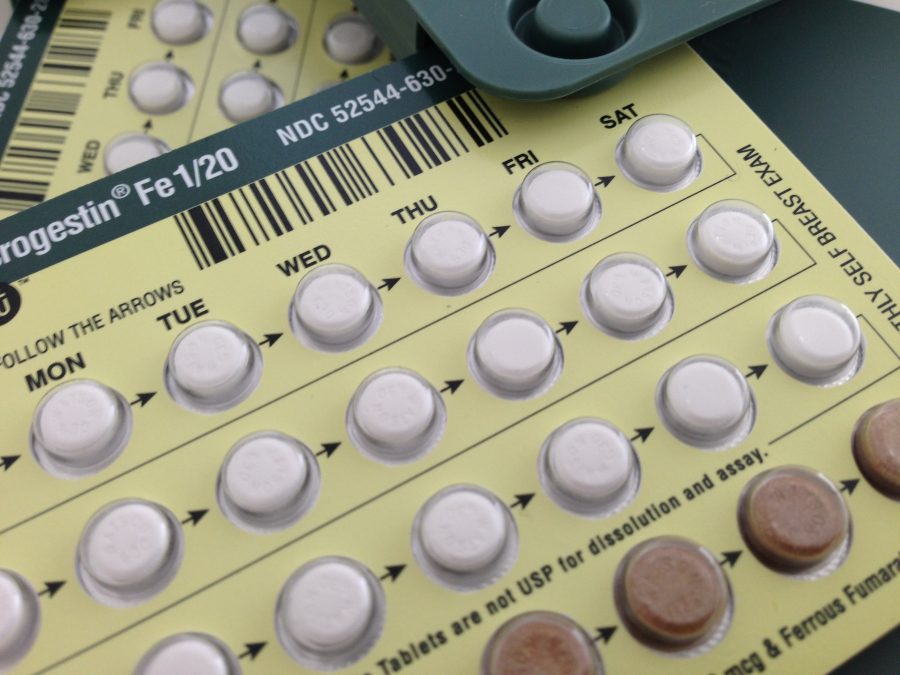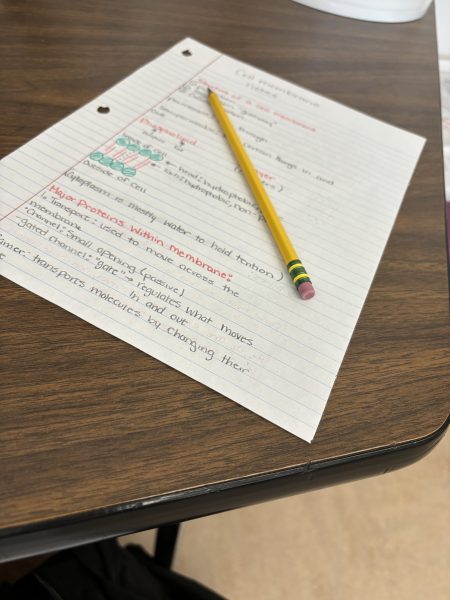Viewpoint: Think twice before you pop this pill
February 26, 2016
The birth control pill is the most popular method of contraception on the market. According studies done by Guttmacher Institute, 82 percent of all sexually active teenage girls take the pill.
Currently, 16 million American women use the pill; 150 million women worldwide take it, and it fuels a $2.8 billion industry. Birth control opened up the doors of sexual revolution more than 30 years ago, allowing women to freely explore sex without having to worry about unwanted pregnancies. But years later, complications of the pill surfaced. Although people make their own decisions about their bodies, they should be aware of the health problems associated with this form of birth control.
Not everyone who takes the pill is sexually active; it is used for acne treatments, endometriosis, and polycystic ovarian syndrome. But for girls who take the pill to avoid becoming pregnant, the side effects include weight gain, tender breasts, and mood swings. The mood swings occur because the pill provides high levels of estrogen to fool a girl’s system into thinking it’s pregnant, preventing conception. The pill can be dangerous if taken for years on end, without letting the body take a break from the estrogen spike. A woman’s natural cycle has continuous levels of rising and falling estrogen intensities and progesterone. Teenagers who start taking the pill don’t just take it temporarily; they may continue to take them until they are ready to become pregnant, which may not happen for years.
Although the risks of endometrial and ovarian cancer appear to be reduced with the use of oral contraceptives, users face an increased risk of liver, cervical, and breast cancer if it is taken long term, and yeast overgrowth can lead to several complications, according to a study by Women’s Health Connection. The pill increases the risk of gall bladder disease, heart attack, and strokes. The risk cervical cancer rises steadily the longer a woman takes the pill, especially for more than five years. Women who start taking birth control pills in high school have a higher risk of breast cancer than those who start when they are older.
The chances of getting a deadly blood clot are doubled when taking new types of the pill, according to a study published in the British Medical Journal. The higher the dose of estrogen, the higher the risk of blood clots. Companies and doctors promote the pill as a safe and efficient medication to prevent pregnancy, but users risk possible long term complications.
Sexually active girls use the pill because it’s so convenient and easy. But the birth control pill has only a 91 percent success rate, while other alternatives offer up to 99 percent. Other options that are safe and highly effective include male and female condoms, diaphragms, and spermicides. All are proven to work and not cause long-term health risks. The birth control pill also doesn’t prevent STD’s, compared to condoms, which do. The APA (American Association of Pediatrics) recommends teens use certain methods, like condoms, to prevent STDs.
Before you decide to become sexually active in the first place, think about waiting to have sex. Accidental teen pregnancy has devastating consequences. Studies done by Smith College and YWCA of Western Massachusetts show that an unplanned teenage pregnancy is damaging, emotionally and physically. Two out of three pregnant teenagers drop out of school, and seven out of 10 girls don’t even get medical care, like going to a doctor or clinic, within the first three months of getting pregnant.
Teenagers, especially in high school, are going through hormonal changes and mood swings already because of the physical and mental development from being dependent to becoming a self-sufficient young adult. Young people don’t need more emotional and mental stress added to their lives by taking medications to order to have an active sex life.
















